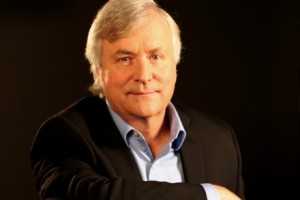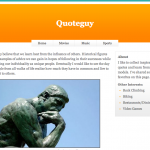“Whoever controls the media, controls the mind”.
Maya Sandiford
34678110
In the past decade , the progression of computer technology, mass media and social networking sites have become an international phenomenon. To determine the success of Facebook (the largest social networking site today) I investigated two social networking web sites. Interestingly enough, almost everyone I know has created a Facebook account or has heard of this networking site. On the other hand, not so many are aware of one of its predecessors, the Whole Earth ‘Lectronic Link; more commonly known as The Well. This site was founded in 1985 by Lary Billiant and Steward Brand, it is one of the oldest virtual communities, and is still utilized by about 4000 users today. The members of this community have “access to tools and ideas” of people with similar interests ranging from serious topics and issues to humorous subjects and discussions as well as access to “conferences or forums” enabling users to exchange their views on particular subjects and gain knowledge on topics of their interests. This virtual community was a major stepping stone toward today’s Facebook or My Space. http://brajeshwar.com/2010/25-years-of-social-networking-the-well-to-facebook/
Face book founded by Mark Zuckerberg in 2003, is a much larger, more common and an internationally known net working site with an astounding 800 million users. The Well is comprised of a much smaller, more specific community that share something in common. Although both web sites are predominantly used for social networking, I noticed a important difference while navigating through each site in the content of each. Both sites have a “Profile” that reflects the user’s personal information they wish to share, how ever the content and focus of these profiles seemed to be dissimilar. I noticed that Face book displays the user’s personal, distinctive information such as pictures, relationship status, name, age, birthday, residence, high school, and even the language the individual may speak; where as the profile or home page of The Well includes more interest, hobbies, themes tastes, and interests. For example when you click on the following hyperlinks you are introduced to a series of personal interests and hobbies http://www.woodzie.org/lotr/ or http://www.well.com/user/edelsont/ opposed to Facebook`s Profiles where a number of personal traits and pictures would appear http://savedelete.com/35-most-amazing-and-creative-examples-of-new-facebook-profile-page-design.html. However one of the most prominent differences was the contrast in size the most likely reason for the vast difference in the popularity and usage of the sites, is the 10 dollar per month member ship fee that is charged to become a member of The Well. Facebook is free to millions of users, I believe that if Facebook started to charge a monthly fee their users would drop dramatically. It will be interesting to see how the social networking sites will progress in the decade to come.





